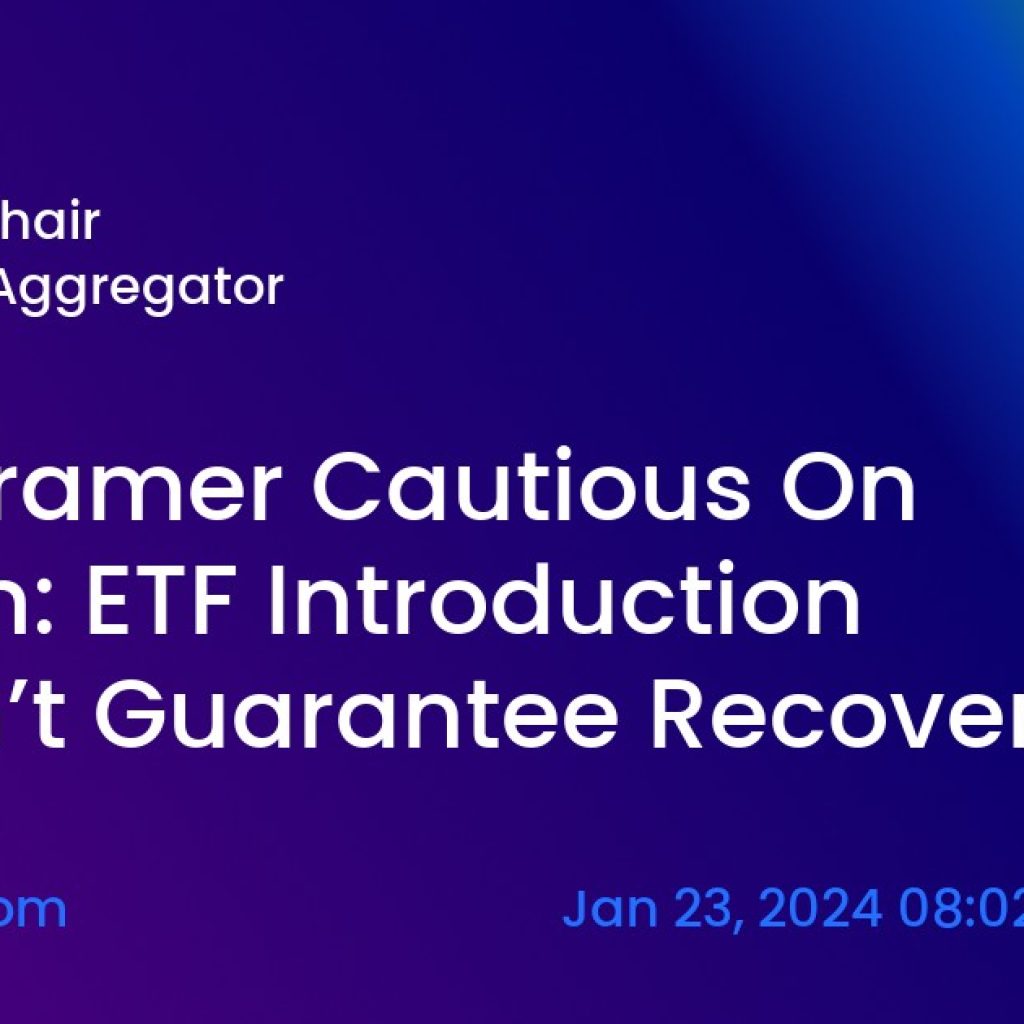Crypto assets have taken center stage in the global financial arena, prompting the International Monetary Fund (IMF) to embark on a mission to assess and mitigate potential vulnerabilities in this burgeoning sector.
In a recent development, the IMF released a working paper titled “Assessing Macrofinancial Risks from Crypto Assets,” authored by Burcu Hacibedel and Hector Perez-Saiz, outlining a comprehensive framework to evaluate risks associated with cryptocurrencies.
This initiative seeks to assist nations in identifying indicators and triggers of potential crypto-related risks, as well as proposing policy responses to mitigate these risks.
Introducing The C-RAM Matrix
The cornerstone of the IMF’s approach to understanding and addressing crypto risks is the Crypto-Risk Assessment Matrix (C-RAM). This matrix is designed to provide a structured means for countries to assess the significance of the crypto sector within their national economies. The C-RAM comprises three key steps, each contributing to a holistic understanding of the macrofinancial risks posed by crypto assets.
The first step in the C-RAM involves utilizing a decision tree to ascertain the critical importance of the crypto sector within a nation’s economy. By quantifying its economic relevance, regulators and policymakers can gauge the potential impact of crypto-related risks on their financial systems. This step serves as a foundational building block in the assessment process.
The second step delves into the identification of indicators, akin to those employed in traditional finance, which signify the potential for systemic risk within the crypto sector. Drawing parallels with established financial risk assessment methodologies allows for a more comprehensive analysis of crypto assets’ impact on overall financial stability.
The final step of the C-RAM encompasses a global perspective, examining the macro-financial risks emanating from crypto assets that could have far-reaching implications for a country’s systemic risk assessment. As the crypto market operates on a global scale, understanding these broader risks is imperative for effective policymaking and regulatory response.

Implications For The Crypto Regulatory Landscape
The rapid evolution of the crypto space has put regulators in a challenging position, necessitating swift responses to emerging risks. In collaboration with the Financial Stability Board, the IMF recently issued a joint paper containing policy recommendations. This collaborative effort, at the request of the Indian G20 presidency, combines international standards and consolidated recommendations to address various risks associated with crypto activities.
As crypto assets continue to reshape the financial landscape, the IMF’s proactive approach to assessing vulnerabilities and proposing policy responses underscores the importance of vigilance in managing the risks associated with this dynamic sector.
The C-RAM matrix represents a crucial tool for nations to navigate the crypto landscape, enabling them to identify potential pitfalls and take measured steps towards safeguarding their financial stability in an increasingly crypto-driven world.
Featured image from iStock






